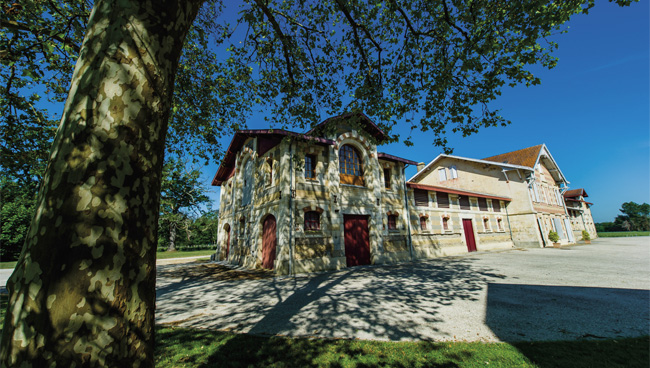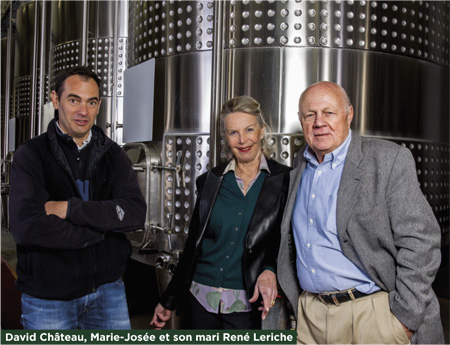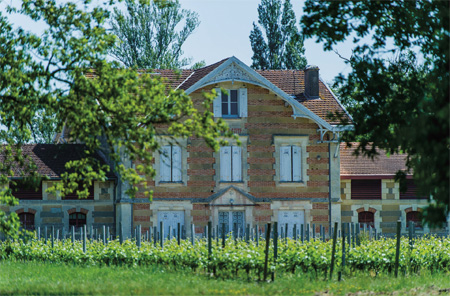Winegrowers’ Portraits Léognan
wo eras, two families, two storylines…


In the mid 19th century, the Rouanet family acquired and developed the Le Sartre estate at Léognan. The phylloxera epidemic and two world wars took their toll on the property. In 1944, the family was forced to destroy the last remaining vines and divide up and sell the estate. A heart-rending experience, as the 1922 edition of the Féret wine guide described the wines of Le Sartre as “remarkable. Can compete with the grands crus of Léognan”.

The Perrin family, owners of Château Carbonnieux, were aware of the potential and diversity of the growing areas. They invested, replanted and brought the estate back to life at the beginning of the 1980s. Marie-Josée, the late Anthony Perrin's sister, and her husband René Leriche, have been managing the 35-hectare property since 2004. 10.2 hectares are planted with white varieties and 24.5 hectares with reds. To the south of Fieuzal and east of Chevalier, an uninterrupted expanse of 25.6 hectares surrounds the buildings of the estate, and is bordered on three sides by woodland. One kilometre to the north-west, between Fieuzal and Malartic-Lagravière, there is a second piece of land of 7.6 hectares and, still further north, a plot of 1.7 hectares, near Carbonnieux, completes the vineyard.
Among the vines and in the winehouse, David Château, oenologist and director of the estate, who earned his stripes at Chambolle-Musigny and in Oregon, USA, interprets the potentialities of this vineyard in its diversity, and the characteristics of the soil and climate. “The quality of the grapes is truly of the essence. It is the reward of the vineyard caretaker when his meticulous cultivation has overcome the vegetative and climatic ups and downs with a minimum impact on the vineyard environment and intrinsic values”, he explains.

The Sauvignon Blanc and the Sémillon, which are used in the blending of Château Le Sartre white, are fermented in oak casks in the traditional way, to preserve the aromatic freshness of the first, and reveal the roundness on the palate, the length contributed by the second and the nine months of ageing on the lees.
As for Château Le Sartre red, which represents 2/3 of the production, it is a result of the combination of a majority of Cabernet Sauvignon, Merlot and a hint of Cabernet Franc. To respect the typicality of the fruit, the freshness and suppleness of the tannins, following conventional alcoholic fermentation, controlled malolactic fermentation is conducted partly in barrels at the beginning of maturation, and partly in vats prior to maturation. Ageing in casks adds the final touch.
Each year, the wines affirm their potential in the blind tastings, winning medals in a number of competitions*, demonstrating that this property has been restored to its former grandeur, while maintaining prices at an affordable level. Château Le Sartre can be sampled at the tasting events hosted by the newly-created Cercle Rive Gauche. “An organisation that has a great future ahead of it, thanks to the synergies being developed with the Cercle Rive Droite”, states René Leriche.
* (Mondial de Brussels, Mondial du Sauvignon, Concours Général Agricole and Bordeaux competitions).
Florence VaraineChâteau Le Sartre
78, Chemin du Sartre
33850 Léognan - France
Tél.: +33 (0) 5 56 64 08 78
